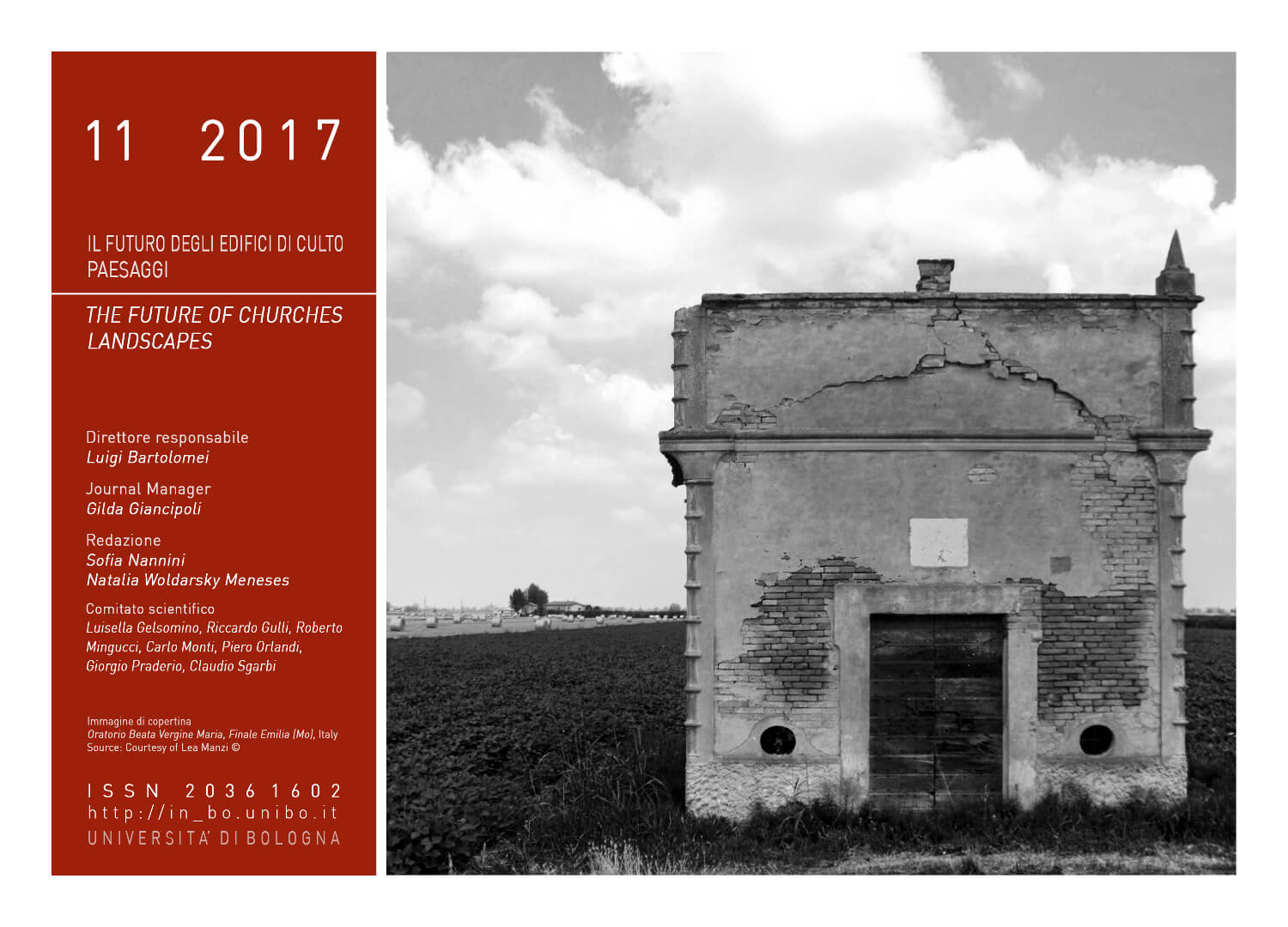Romanesque of Apennine. The churches of Reggio Emilia dioceses between XI and XII Century
DOI:
https://doi.org/10.6092/issn.2036-1602/6555Keywords:
Medieval Architecture, Medieval Landscapes, Archaeology of Architecture, History of Architecture, Cultural heritage managementAbstract
This paper aims to focus on the problem between cultural heritage management and real knowledge of the historical buildings. Through an archaeological approach to the medieval landscape and to the medieval architectures of the Emilia Romagna region, this paper give a different interpretation about the origins of the Romanesque in the mountains of the Reggio Emilia district. In the most important plan of cultural heritage management these architectures are related to the supremacy of the Canossa family, one the most important medieval families northern Italy (Xth-XIth centuries). Actually, looking to the political history between XIth and XIIth centuries, it’s easier to explain the appearance of the Romanesque architecture as an attempt of the bishop of Reggio Emilia to display his power against the local aristocracies after the death of Matilde, last countess of Canossa.References
G. P. Brogiolo, A, Cagnana, Archeologia dell'architettura. Metodi e interpretazioni, Firenze 2012
M. Mussini, L'architettura medievale nel territorio reggiano, in Matilde e il tesoro dei Canossa, tra castelli, monasteri e città, Milano 2008, pp. 250-387
T. Lazzari, Aziende fortificate, castelli e pievi: le basi patrimoniali dei poteri dei Canossa e le loro giurisdizioni, in Matilde e il tesoro dei Canossa, tra castelli, monasteri e città, Milano 2008, pp. 96-115
F. Zoni, Le maestranze antelamiche nella Liguria di ponente. Diffusione dell'Opus Quadratum tra XII e XIII secolo, "Archeologia dell'Architettura", XVIII (2013), pp. 229-244
Downloads
Published
How to Cite
Issue
Section
License
Copyright (c) 2017 Federico Zoni
Copyrights and publishing rights of all the texts on this journal belong to the respective authors without restrictions.
This journal is licensed under a Creative Commons Attribution-NonCommercial 4.0 International License (full legal code).
See also our Open Access Policy.
Metadata
All the metadata of the published material is released in the public domain and may be used by anyone free of charge. This includes references.
Metadata — including references — may be re-used in any medium without prior permission for both not-for-profit and for-profit purposes. We kindly ask users to provide a link to the original metadata record.







